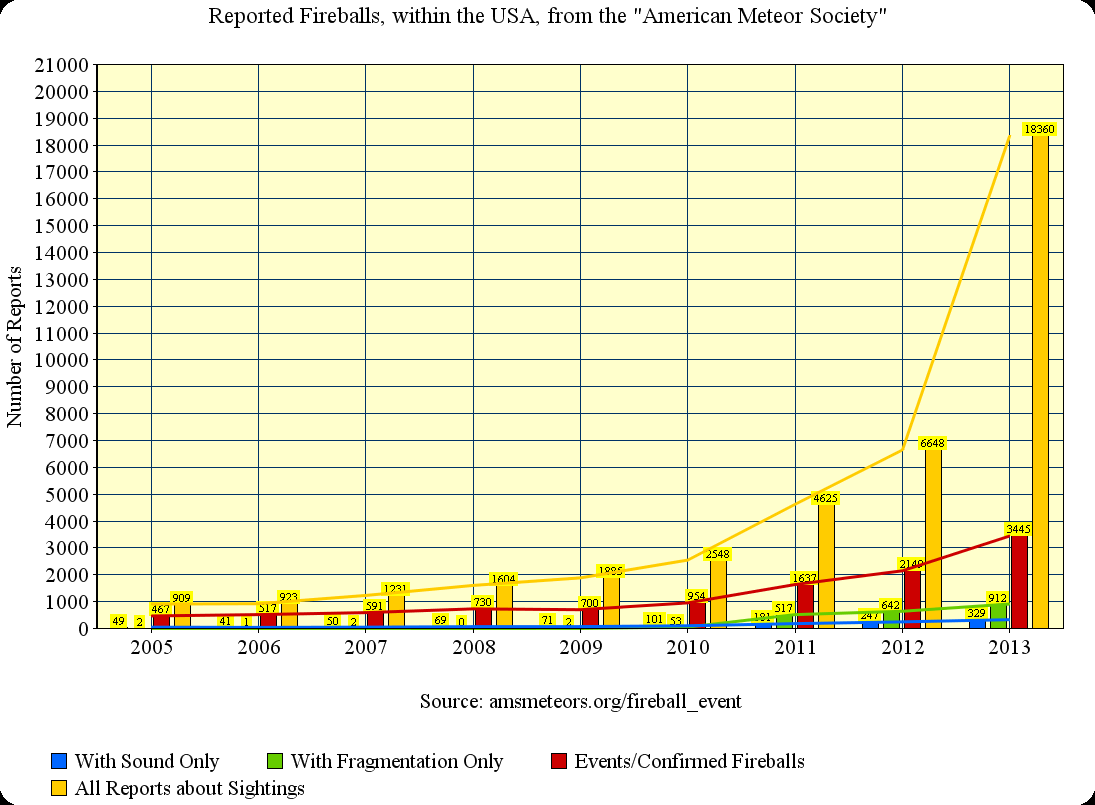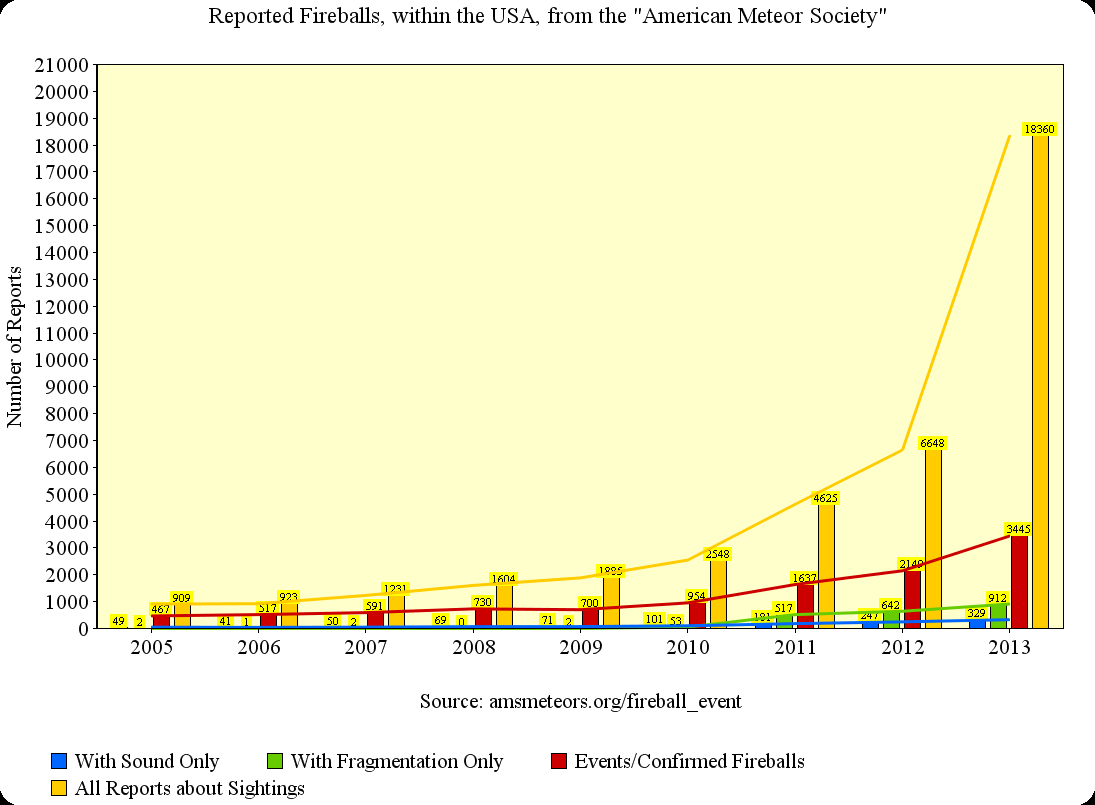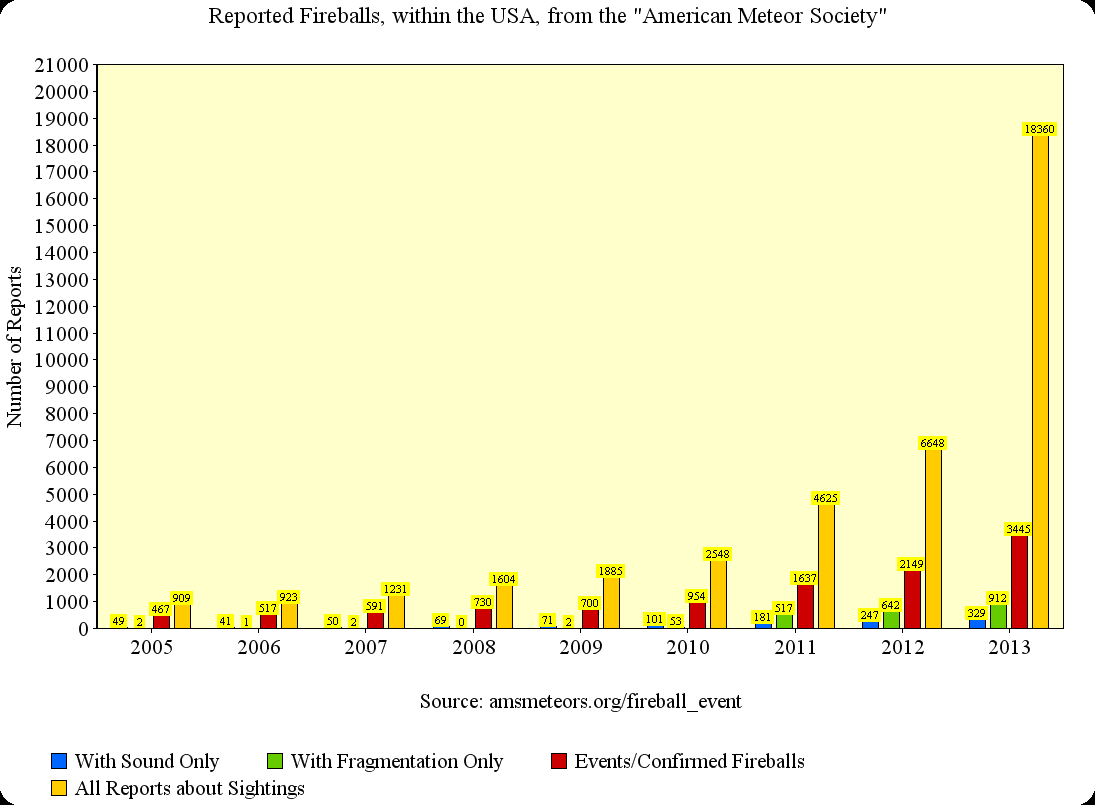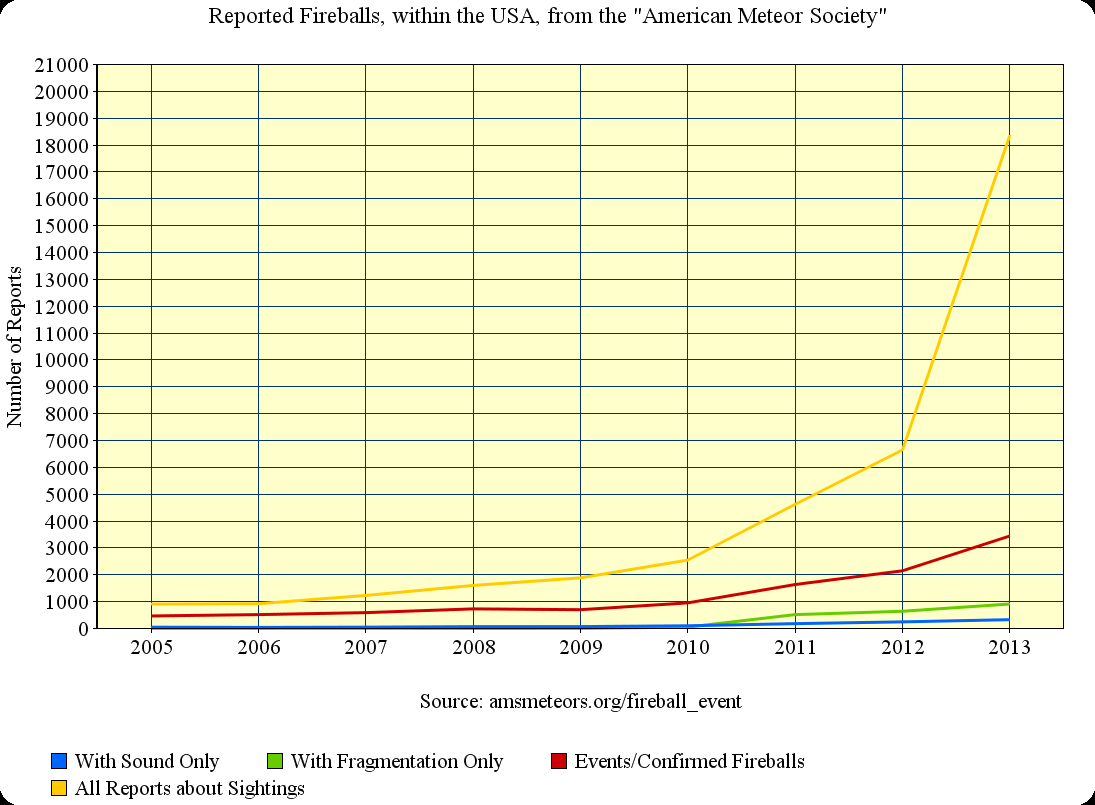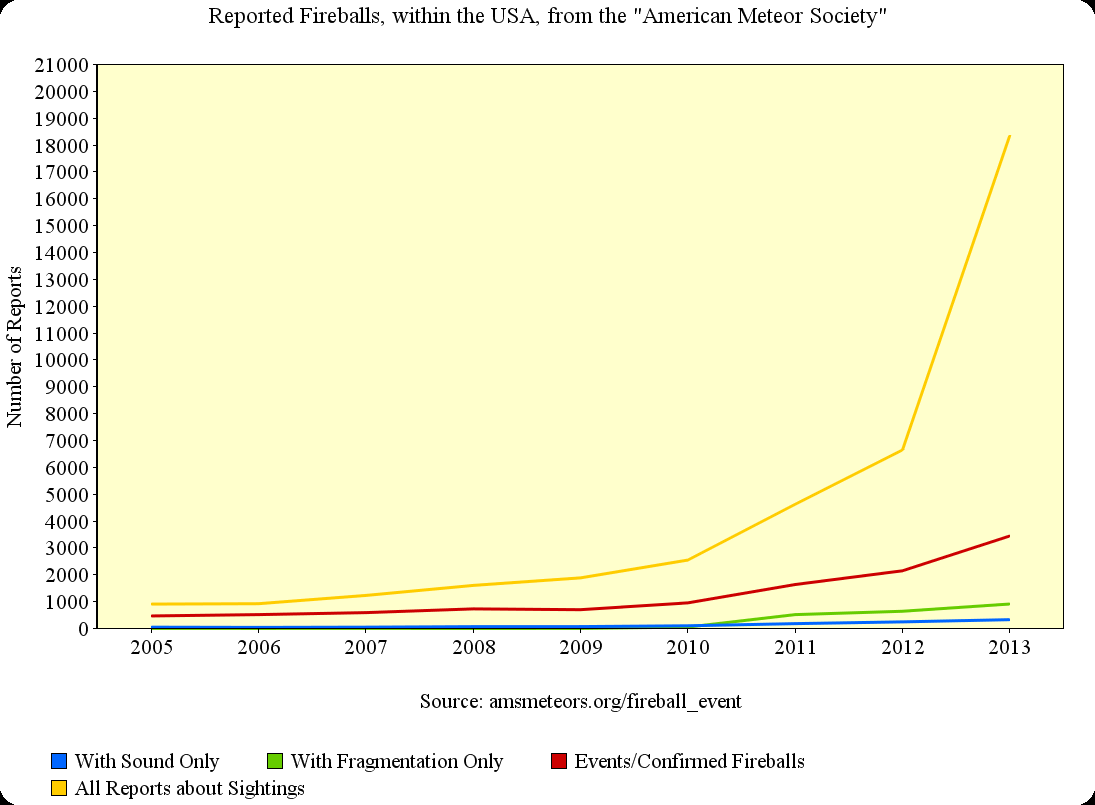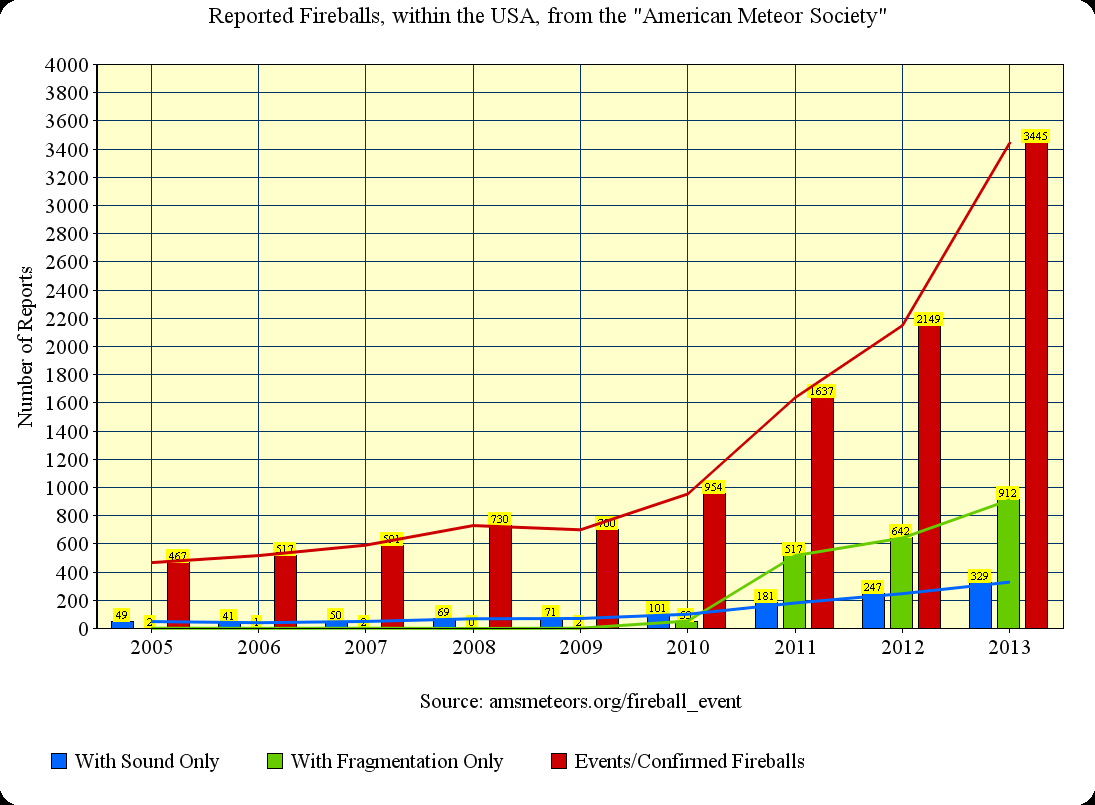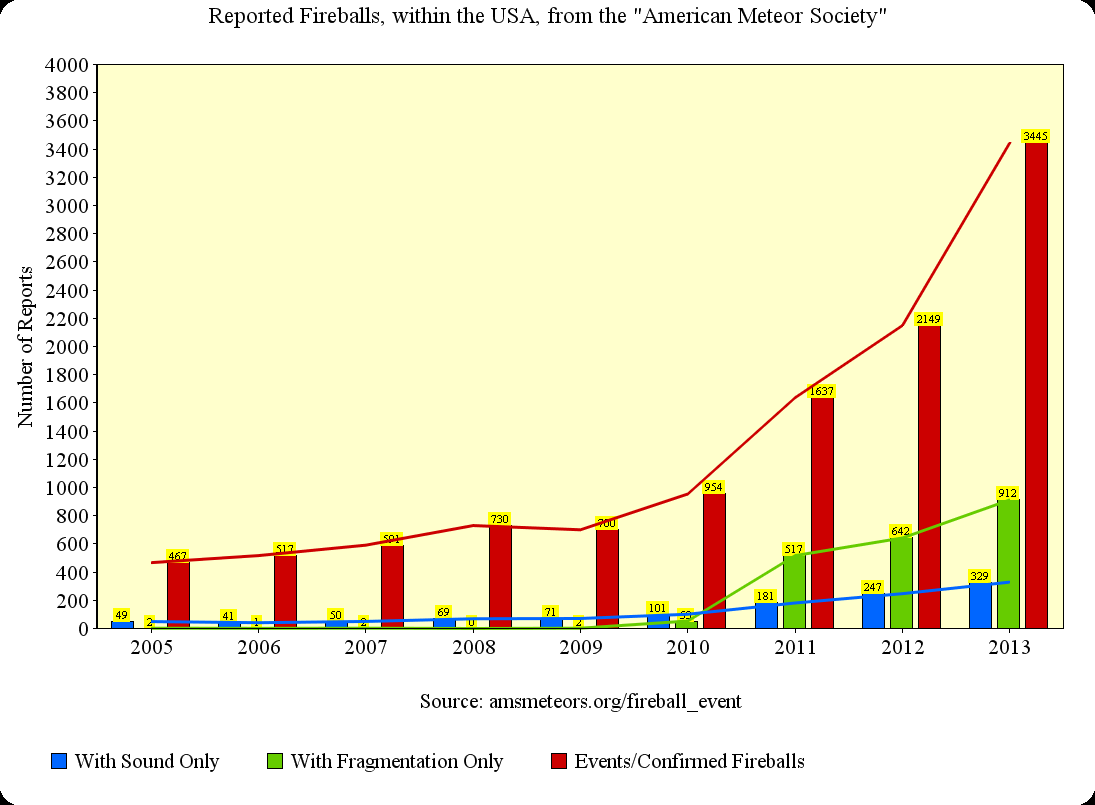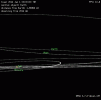Another feature of the electric model we’ve looked at is how Nemesis-induced grounding of the Sun weakens the electric field between the Earth’s surface and its ionosphere. This electric field, through the electric constraint it exerts on incoming meteors, acts as a protective shield:
If a body having a different electrical potential (voltage) penetrates the double layer boundary and moves into the plasmasphere surrounding a planet, charges will flow to try to cancel the voltage difference. Electrical discharges will occur. Thus, if any other body, such as a large meteor, asteroid, or comet should come close enough to Earth to penetrate our plasma sheath, violent electric discharges would occur between the two bodies. It would, of course, be unfortunate to be standing on Earth's surface at the point of origin (or reception) of such a mega-lightning discharge. But the massive discharge itself might either deflect the intruding body or break it up and thus protect Earth from a collision. Such large-amplitude arcs would undoubtedly cause scarring on the surface of both bodies. A very small intruder would be broken up by the discharge. It is likely that this is what happened to comet Shoemaker-Levy 9 as it entered Jupiter’s giant plasmasphere a few years ago. [Thornhill, W. & Talbott, D. The Electric Universe, pp. 44-45]
Because of the reduced solar activity, comets entering the solar system are subjected to a lesser electric field, less electric stress and are therefore less likely to fragment or/ disintegrate.
If Nemesis’s comet swarm was approaching, the probability of encountering more and bigger asteroids should increase, and, because of the weakened heliospheric and atmospheric electric field, the probability increases that more of them may approach closer to the Earth’s surface and trigger overhead explosions or even ground impacts.
In this electric model, we thus see Nemesis and its cometary swarm subjecting our planet to the threat of cometary bombardments
while simultaneously neutralizing the very defense mechanism our planet possesses against this threat.
